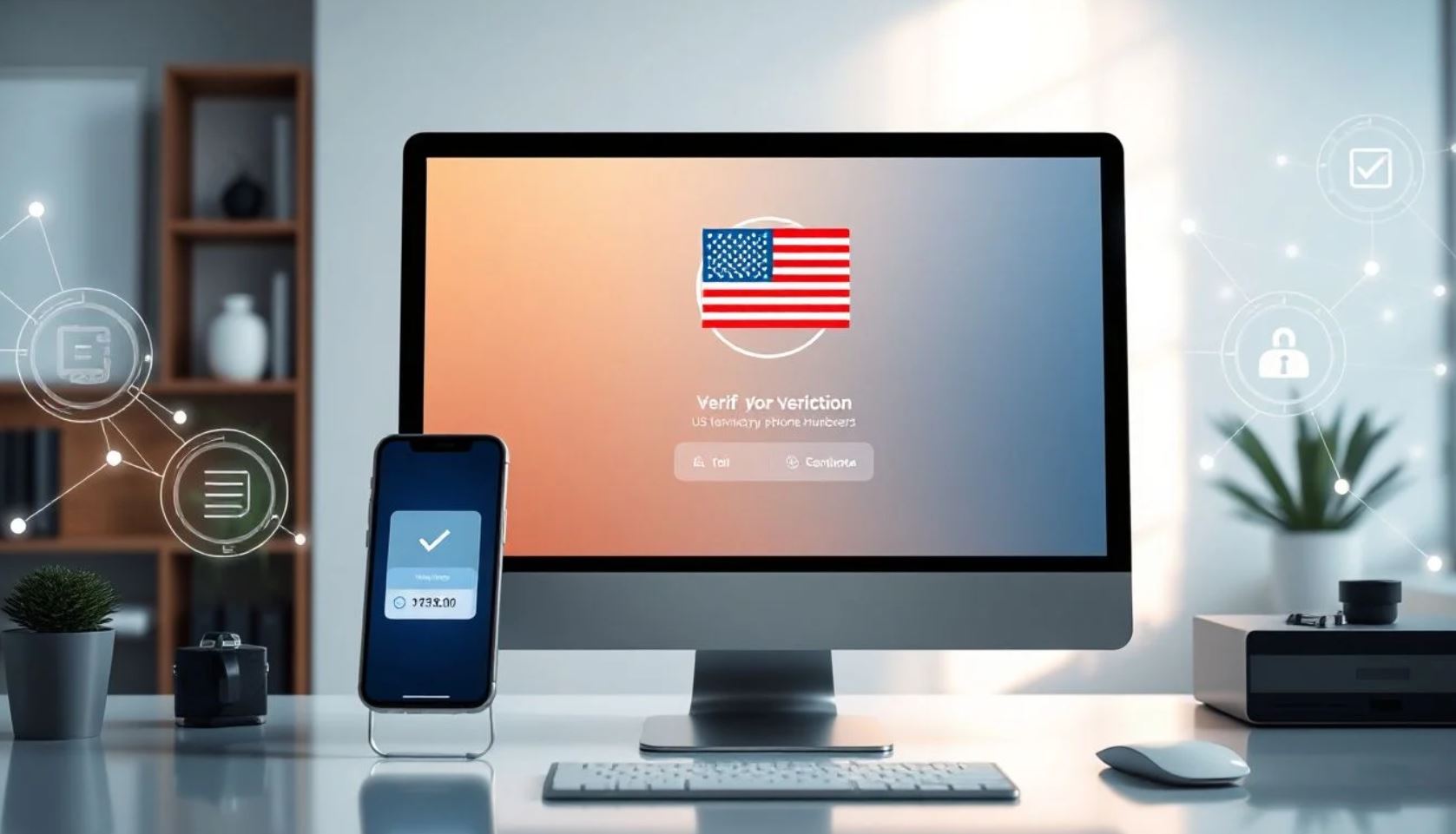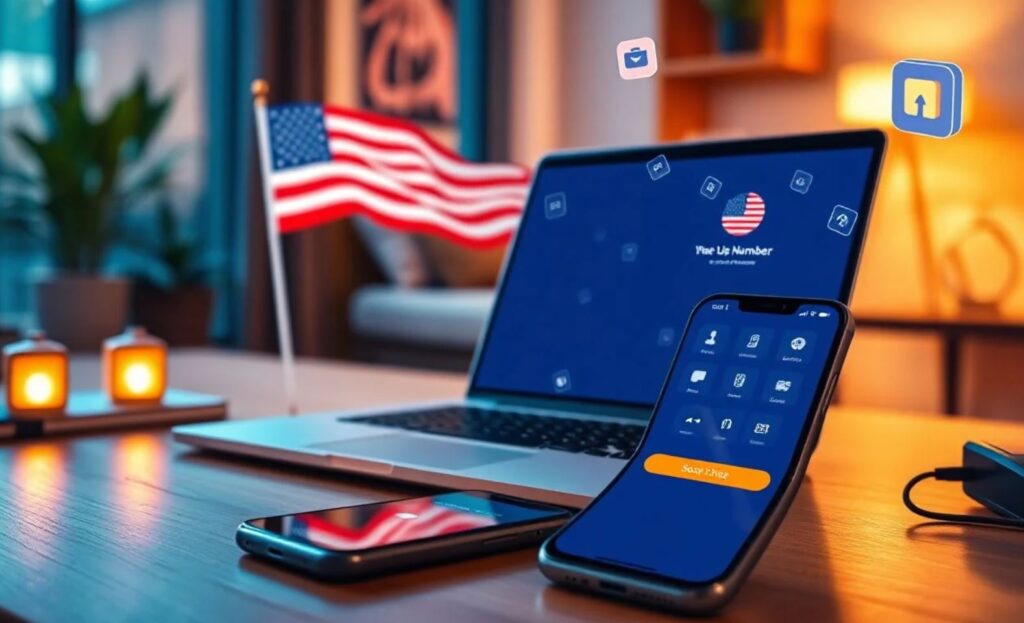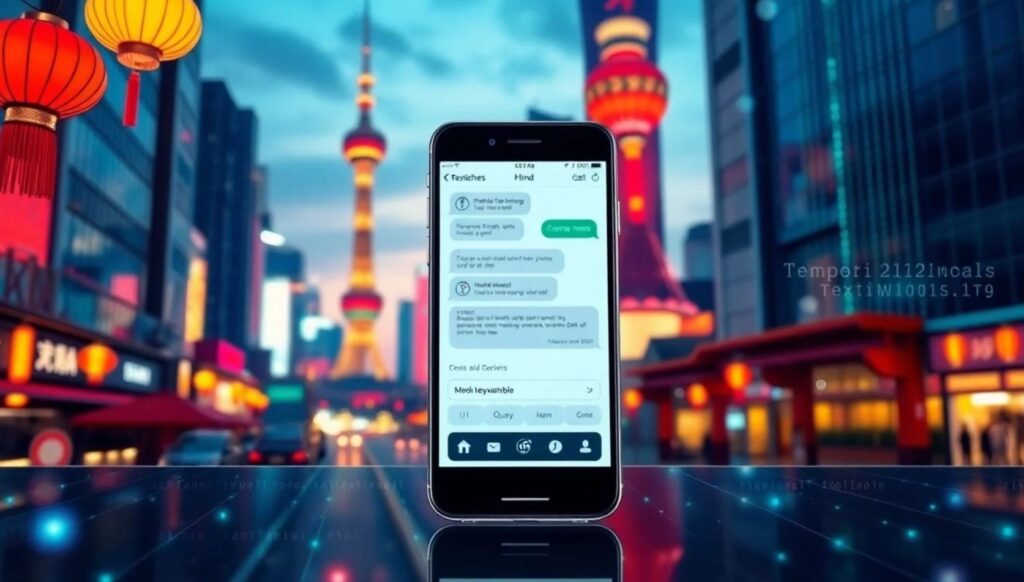Verification of US Temporary Phone Numbers: A Complete Guide to Secure and Reliable Verification
Free Us Phone number for verification plays a big role in keeping online accounts safe. It helps prevent fraud, keeps data private, and builds trust in digital services. More people now use temporary phone numbers for privacy and quick sign-ups. But these numbers can be tricky to verify. Are they real? Are they being used maliciously? That’s why strong verification methods are a must — to stop fraud and keep your services secure.
What Are US Temporary Phone Numbers?
Temporary or disposable numbers are short-term phone lines used for a quick purpose. They let users receive calls or texts without sharing their main number. These are common for online signups, surveys, or when testing services. Virtual and VoIP numbers are types of temporary numbers that use the internet to connect calls. They may last a few days or weeks before they get recycled or deactivated.
Why Are They Used?
People use temporary phone numbers for privacy, especially on shady or public websites. Businesses also rely on them for marketing campaigns or customer support without sharing personal info. Some use them to avoid spam or identity theft. In essence, temporary numbers are a quick, cheap way to protect your real identity online.
Legal and Ethical Considerations
Using free temporary phone numbers isn’t illegal but can become problematic if done unethically. Some fall into scams or fraud by hiding identity. Always follow rules and use these numbers responsibly. Being transparent with usage helps stay within legal boundaries and reduces trust issues among users.
Methods of Verifying US Temporary Phone Numbers
Manual Verification Techniques
This old-school approach asks users to confirm their number via a code sent by SMS or a phone call. It’s simple but slow. Plus, fraudsters often find ways to trick manual checks. Manual methods are best for small-scale use, not high-volume verification.
Automated Verification Tools
APIs are now popular for instant truth checks. Verification platforms like Twilio, Nexmo, and Verifone can tell if a number is valid or not with a click. They tap into databases that have real-time data for US numbers. These tools are fast and reliable, ideal for big online services.
Using Carrier and Provider Data
Some services tap directly into carrier databases. This means checking the registered carrier, number portability, or other details. If the number is from a canceled line or recycled, these checks can flag it. However, access can be limited due to privacy rules.
Advanced Verification Technologies
Lately, AI and machine learning are being used to spot fake or recycled numbers. These systems analyze usage patterns, such as unusual call times or high-volume activity, to catch fraud. Some companies even combine fraud detection tools to improve accuracy and reduce false alarms.
Challenges in Verifying US Temporary Phone Numbers
High Fraud Rates and Fake Numbers
Criminals often buy or create fake numbers for malicious activities. They use disposable lines to avoid detection, making validation tougher. This increases risk for businesses that rely on accurate contact info.
Limited Data Availability
Disposable numbers change fast — new ones pop up, old ones get recycled. Databases often lag behind, making it hard to verify in real time. No single source has all the data, so verification can miss some fakes.
False Positives and Verification Failures
Sometimes legit numbers get flagged as fake. This causes annoyance and delays for users. Striking the right balance between security and user convenience is a challenge. Proper thresholds and multi-step checks help reduce mistakes.
Legal and Privacy Barriers
Accessing detailed provider data can be tricky due to privacy laws. Regulations like GDPR or CCPA restrict data sharing. Verification services must ensure compliance, limiting how much info they can use.
Best Practices for Effective Verification
Implement Multi-Layered Verification Strategies
Use more than one check method. Combine SMS and voice calls with third-party API validation. Add behavioral analysis, like checking for suspicious activity. It’s like putting multiple locks on a door to stay safe.
Maintain Up-to-Date Databases
Regularly update verification tools with recent number lists. Partner with trusted services that track number changes. Staying current helps detect fake numbers faster and avoid false positives.
Incorporate User Authentication Measures
Add extra steps beyond phone verification. Ask for email confirmation or biometric checks. Set strict verification thresholds but also fallback options to cover legitimate users.
Educate Users and Staff
Teach your team about common scams involving temporary numbers. Explain your verification policies clearly to users. Transparency builds trust and reduces common misunderstandings.
Real-World Examples and Case Studies
E-commerce Platforms & Verification Challenges
Big platforms like Shopify or Etsy face spam and fake accounts. They use verification tools to ensure numbers are genuine, reducing fake signups and chargebacks.
Preventing Fraud in Financial Services
Banks and fintech apps use robust verification, combining carrier data and AI. They block recycled or suspicious numbers from accessing sensitive info, protecting assets and user identity.
Successful Integration of Verification Tools
A startup that relies on a mobile app saw their fraud drop sharply after adopting advanced verification methods. Combining multiple checks created a barrier for scammers and boosted user trust. Lessons: stay flexible and upgrade often.
Conclusion
Verifying US temporary phone numbers isn’t just about catching fakes — it’s about keeping your service safe from harm. Use multiple methods, stay updated, and educate your team. Technology advances fast, so adapt your approach to meet new threats. Always aim for reliable, quick, and fair verification practices. Keep monitoring, improving, and stay ahead of scammers.
Takeaway: The best defense against fake temporary numbers is a mix of smart tools and vigilant human oversight. Investing in these measures helps protect your users and your reputation. Stay smart, stay secure.





